The Great Mughals: a 'treasure trove' of an exhibition
The V&A's new show is 'spell-binding'
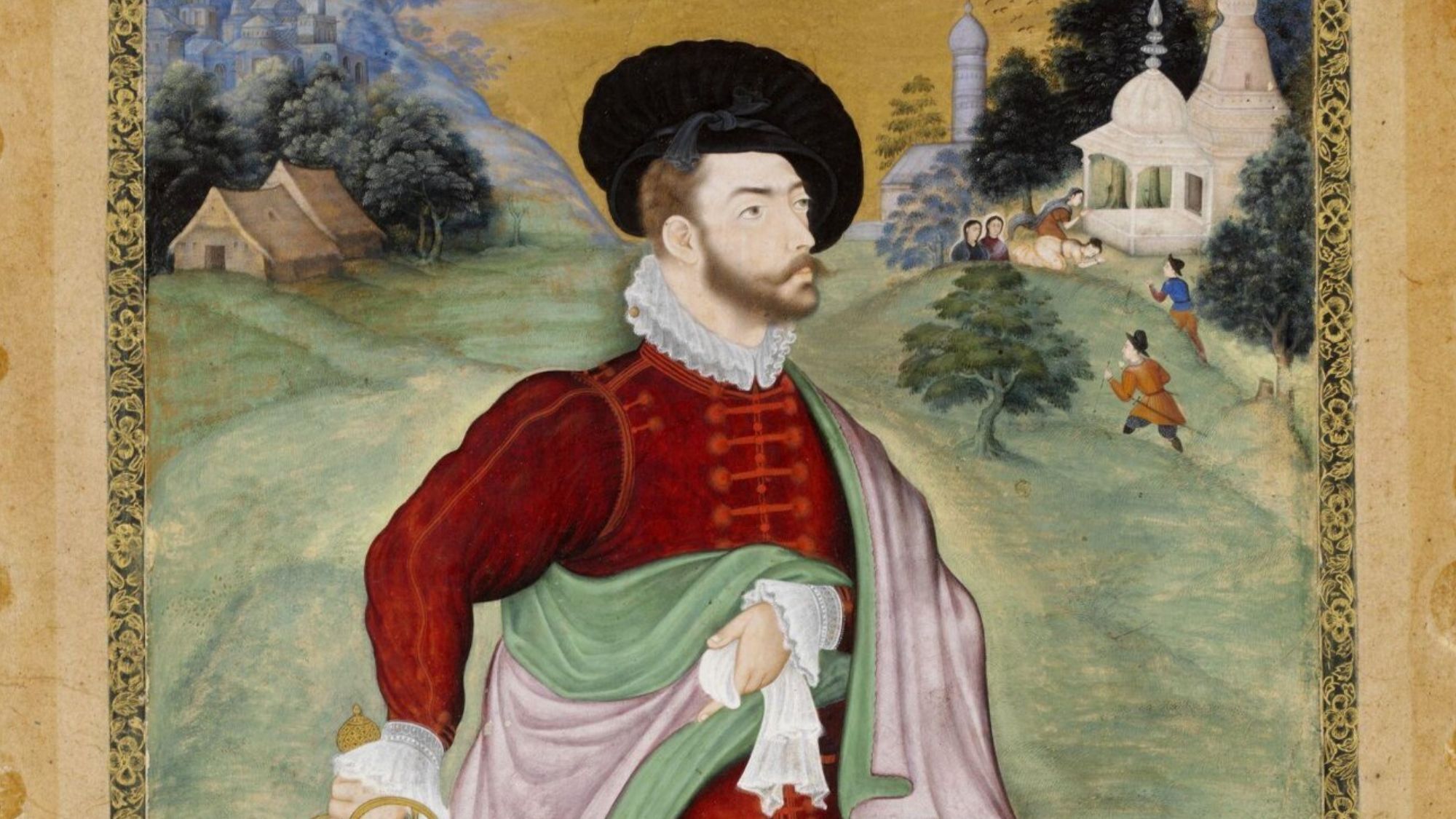
"It's hard not to be dazzled" by the V&A's new show, said Alastair Sooke in The Daily Telegraph. "The Great Mughals" is packed with "glittering objects" and "sumptuous artefacts", all "skilfully wrought" from expensive materials. But it is far more than an impressive display of "bling".
The exhibition, subtitled "Art, Architecture and Opulence", charts a century of artistic achievement during the reigns of the three greatest Mughal emperors: Akbar (1556-1605), his son Jahangir (1605-1627) and his grandson Shah Jahan (1628-1658), who built the Taj Mahal.
Bringing together more than 200 objects, including portraits, tapestries, manuscripts, weapons, furniture and clothing, it argues that Mughal rule was a period of cosmopolitan hybridity, in the course of which successive rulers embraced both Muslim and Hindu artistry, as well as Persian and European culture. It is a "spellbinding" show that "leaves identity politics at the door and exults in aesthetics". I urge you not to miss it.
The Week
Escape your echo chamber. Get the facts behind the news, plus analysis from multiple perspectives.

Sign up for The Week's Free Newsletters
From our morning news briefing to a weekly Good News Newsletter, get the best of The Week delivered directly to your inbox.
From our morning news briefing to a weekly Good News Newsletter, get the best of The Week delivered directly to your inbox.
Supposedly descended from Genghis Khan, the Mughal emperors ruled from the 16th to the mid-19th century, said Jonathan Jones in The Guardian. Akbar, the third Mughal emperor and the first of the exhibition's "greats", used "military might", diplomacy and administrative acumen to expand and stabilise the empire, while indulging a "love of culture and beauty". Although "illiterate", he spared no expense employing both Hindu and Muslim artists to create vast libraries of illuminated manuscripts filled with "ravishing illustrations" that combine "closely observed reality with transporting fantasy": one on display here shows a giant being chased through clouds by a lifelike army of humans; another has a princess from Kabul lowering her hair from a tower so that a lover can climb up from "a brilliantly realistic garden where ducks swim in a rectangular pool". Jahangir, Akbar's successor, commissioned a similar trove of beautiful images, sharpened by "a natural historical and scientific curiosity". One depicts an imported North American turkey, a specimen that became an object of curiosity in the Mughal court.
The show puts paid to the idea that "cultural appropriation" is an exclusively Western phenomenon, said Laura Freeman in The Times. The Mughals "appropriated everything under the Sun, polished it, bettered it, traded it, revelled in it": we see Colombian emeralds bought from Portuguese traders, Chinese porcelain, Japanese lacquer boxes. Almost every exhibit speaks of "astonishing craftsmanship" and teems with detail: a jewelled shield inlaid with mother-of- pearl "is practically a world in itself, spinning" with images of "processions, parasols, sedan chairs" and even "miniature workshops"; and an "exquisite" satin hunting coat is embroidered with "peacocks, storks, ducks, hares" and other creatures. This is a "treasure trove" of an exhibition that bursts with "surpassing beauty".
A free daily email with the biggest news stories of the day – and the best features from TheWeek.com
-
 Political cartoons for December 13
Political cartoons for December 13Cartoons Saturday's political cartoons include saving healthcare, the affordability crisis, and more
-
 Farage’s £9m windfall: will it smooth his path to power?
Farage’s £9m windfall: will it smooth his path to power?In Depth The record donation has come amidst rumours of collaboration with the Conservatives and allegations of racism in Farage's school days
-
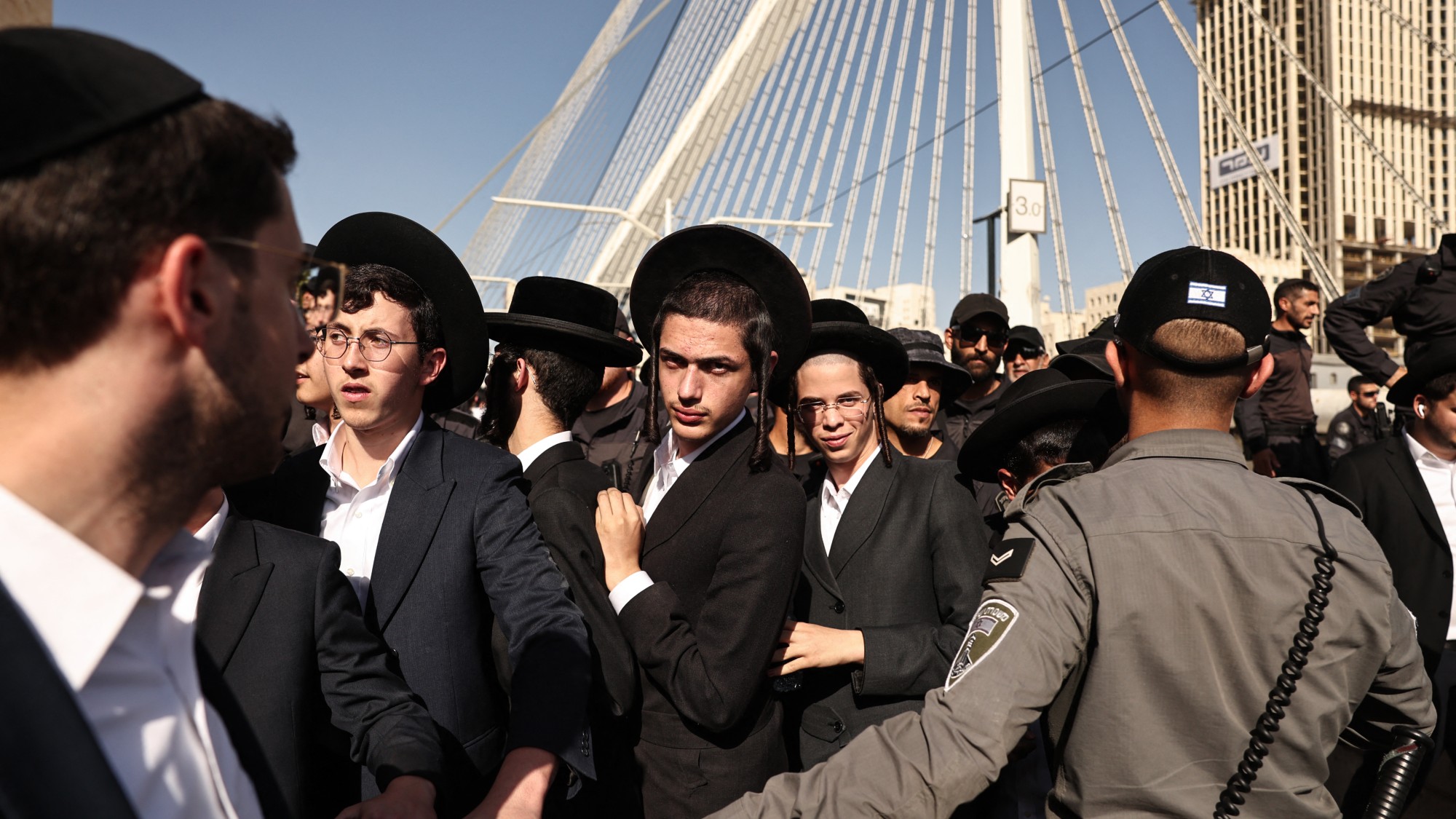 The issue dividing Israel: ultra-Orthodox draft dodgers
The issue dividing Israel: ultra-Orthodox draft dodgersIn the Spotlight A new bill has solidified the community’s ‘draft evasion’ stance, with this issue becoming the country’s ‘greatest internal security threat’
-
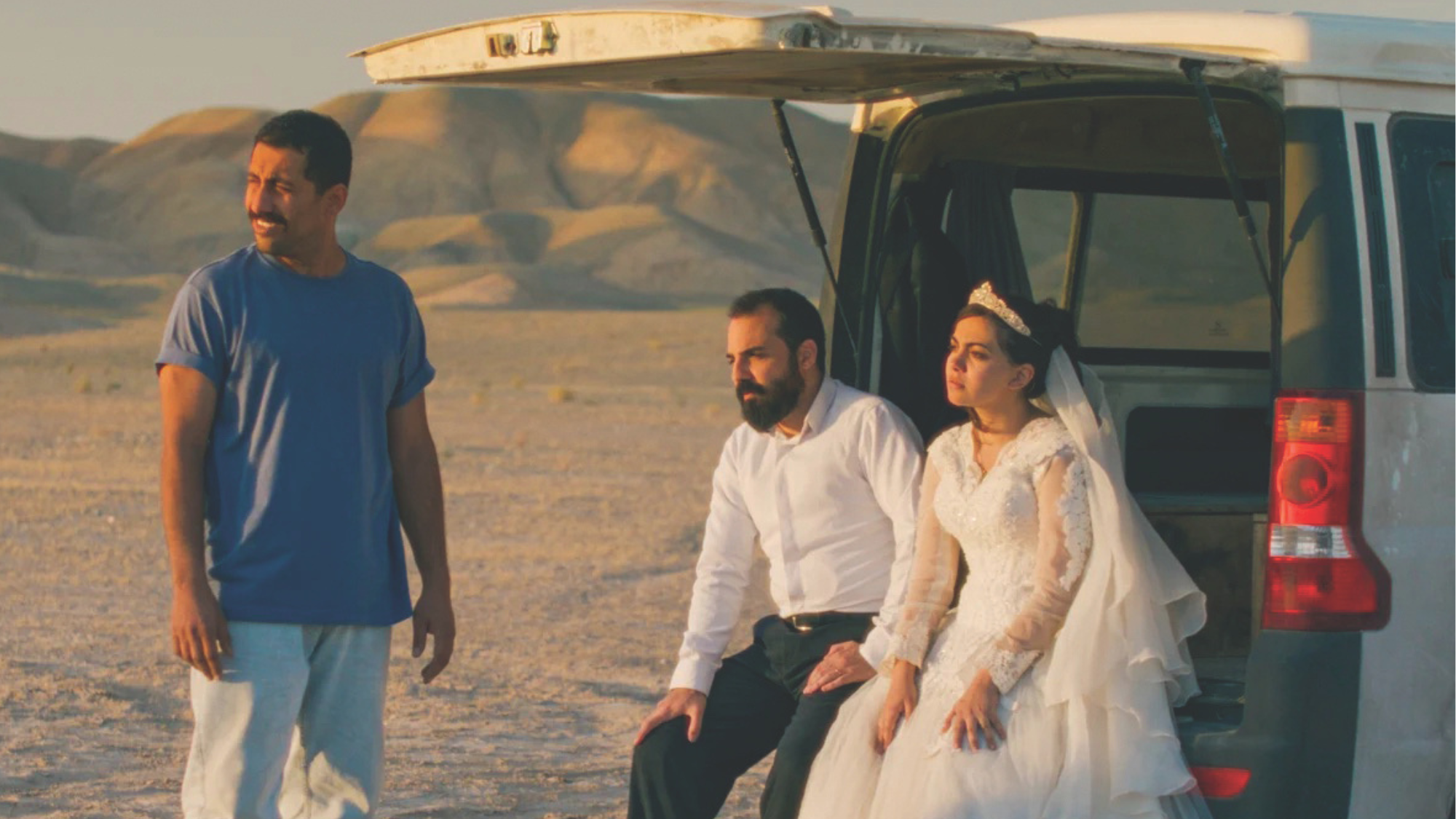 It Was Just an Accident: a ‘striking’ attack on the Iranian regime
It Was Just an Accident: a ‘striking’ attack on the Iranian regimeThe Week Recommends Jafar Panahi’s furious Palme d’Or-winning revenge thriller was made in secret
-
 Singin’ in the Rain: fun Christmas show is ‘pure bottled sunshine’
Singin’ in the Rain: fun Christmas show is ‘pure bottled sunshine’The Week Recommends Raz Shaw’s take on the classic musical is ‘gloriously cheering’
-
 Holbein: ‘a superb and groundbreaking biography’
Holbein: ‘a superb and groundbreaking biography’The Week Recommends Elizabeth Goldring’s ‘definitive account’ brings the German artist ‘vividly to life’
-
 The Sound of Music: a ‘richly entertaining’ festive treat
The Sound of Music: a ‘richly entertaining’ festive treatThe Week Recommends Nikolai Foster’s captivating and beautifully designed revival ‘ripples with feeling’
-
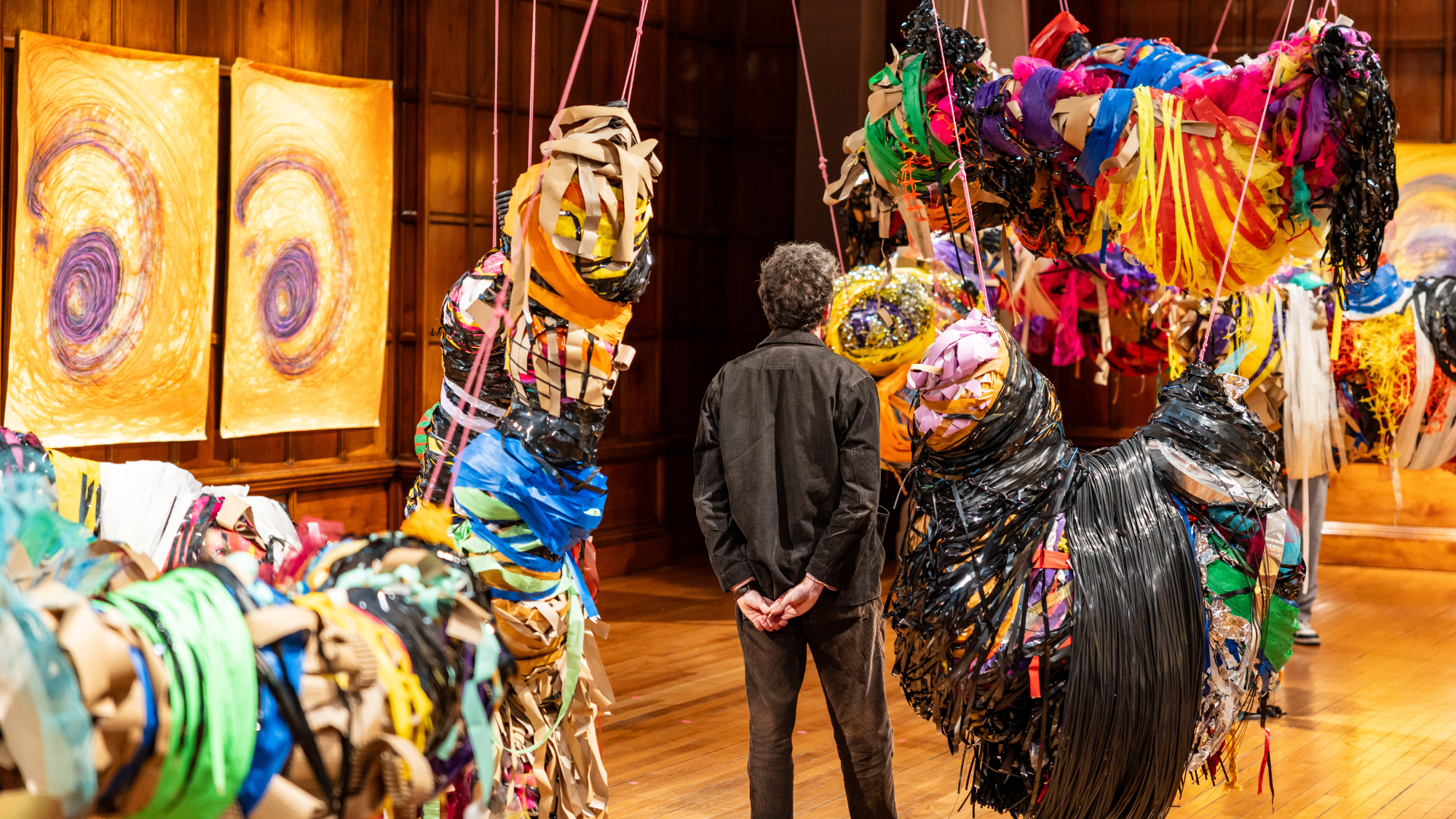 Nnela Kalu’s historic Turner Prize win
Nnela Kalu’s historic Turner Prize winTalking Point Glasgow-born artist is first person with a learning disability to win Britain’s biggest art prize
-
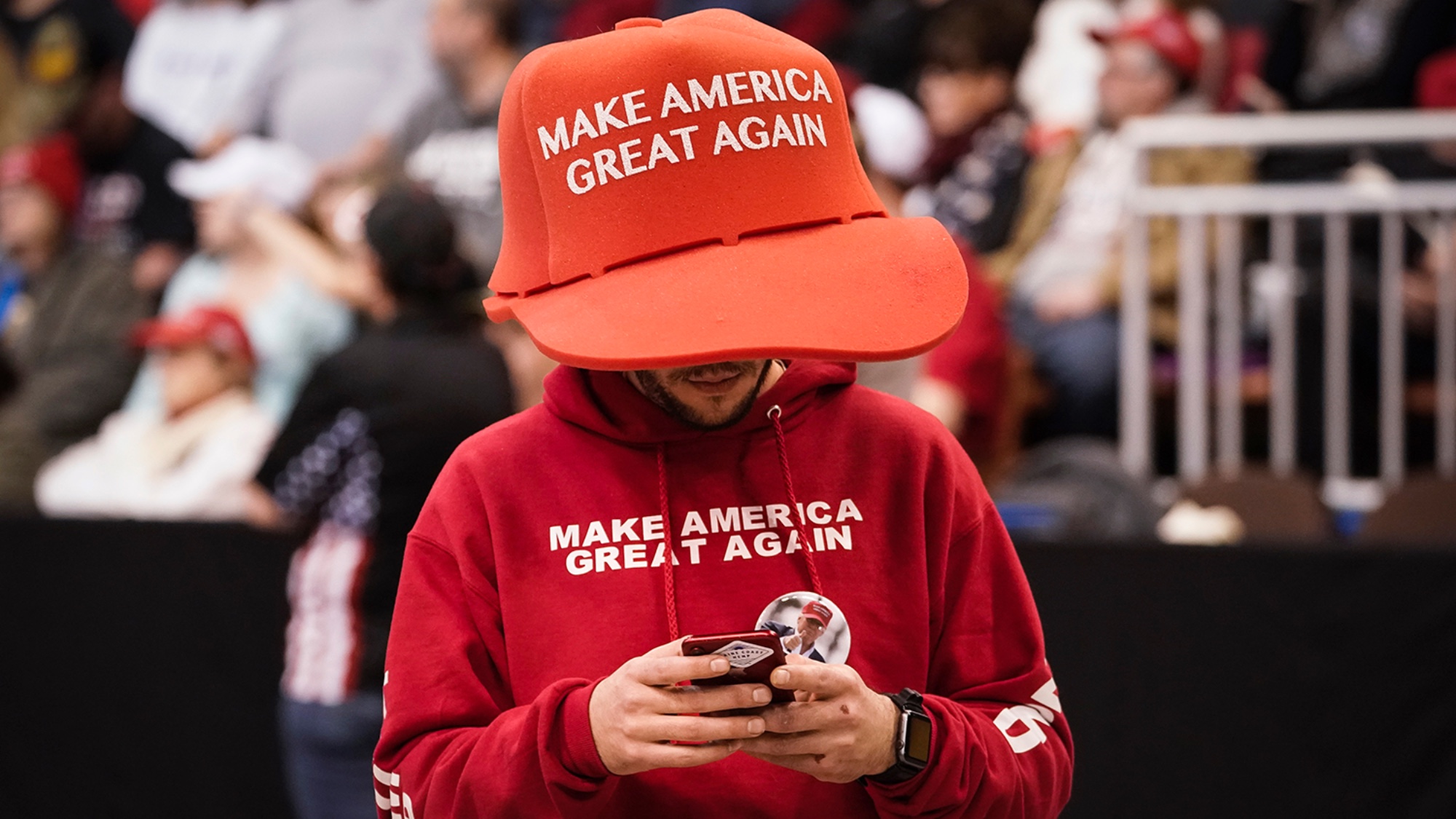 ‘Furious Minds: The Making of the MAGA New Right’ by Laura K. Field and ‘The Dream Factory: London’s First Playhouse and the Making of William Shakespeare’ by Daniel Swift
‘Furious Minds: The Making of the MAGA New Right’ by Laura K. Field and ‘The Dream Factory: London’s First Playhouse and the Making of William Shakespeare’ by Daniel SwiftFeature An insider’s POV on the GOP and the untold story of Shakespeare’s first theater
-
 Henri Rousseau: A Painter’s Secrets
Henri Rousseau: A Painter’s Secretsfeature Barnes Foundation, Philadelphia, through Feb. 22
-
 Homes with great fireplaces
Homes with great fireplacesFeature Featuring a suspended fireplace in Washington and two-sided Parisian fireplace in Florida